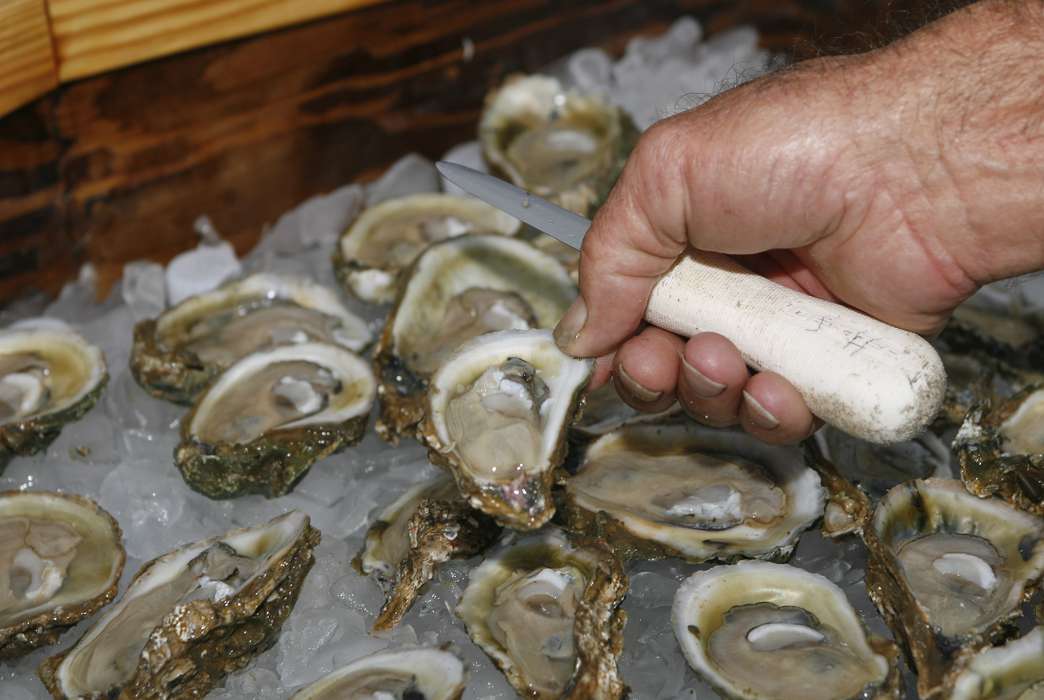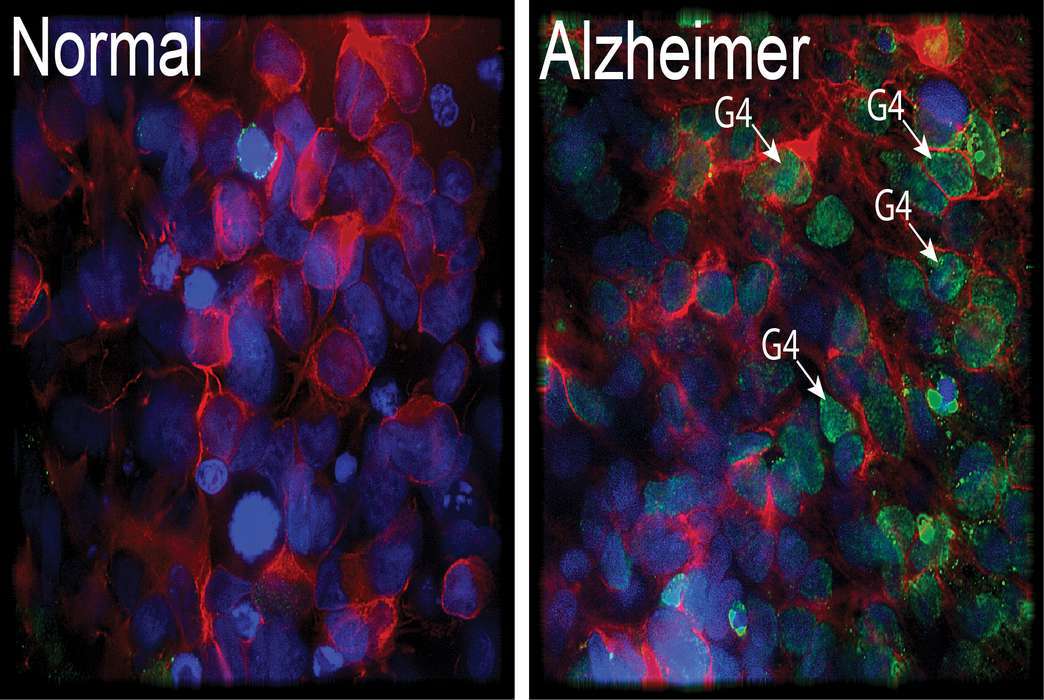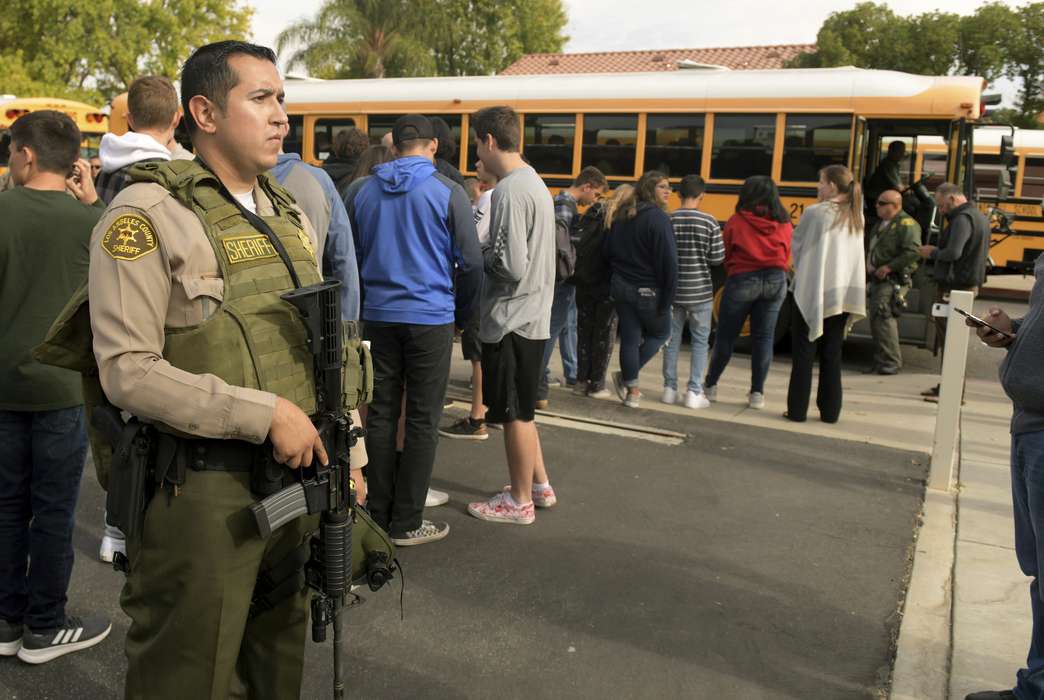Global conservation targets found to miss full impact of climate change
A giant panda, one of many types of vulnerable animal species, at a research center in China. (Alexander Schimmeck, Unsplash)
Efforts to save threatened ecosystems and animals in the coming decades will continue to falter unless targets better account for climate change, which has likely already worsened habitat loss and is expected to put many species at risk of extinction this century, according to a new study by researchers from eight countries.
The call to action comes as a United Nations convention is forming new 10-year biodiversity conservation targets, as the previous 20 goals meant to be met by this year are still largely out of reach. Several of those were unrealistic under even low-end climate change projections, and none explicitly addressed the urgency of climate mitigation and adaptation, notes the study, published last week in the Proceedings of the National Academy of Sciences of the United States of America.
At the urging of scientists, the traditionally siloed policymaking arenas may be poised for more interaction than they’ve seen in the past, with climate change becoming a much stronger agenda item over the last decade. That’s thanks in part to new climate records being set on an annual basis and nearly all countries joining the Paris Agreement, whose fifth anniversary was Saturday.
“People probably have not really thought about climate change being so relevant for biodiversity per se,” said Almut Arneth, lead author of the study and a professor at the Karlsruhe Institute of Technology’s Institute of Meteorology and Climate Research in Germany. “There is increasing recognition that we cannot treat those two things separately anymore.”
Arneth and other scientists involved in both the Intergovernmental Panel on Climate Change and the Intergovernmental Science-Policy Platform on Biodiversity and Ecosystem Services are working on their first-ever joint report, which will likely be published in spring.
“It will raise the issue, hopefully also in the policy arena, that really these are issues that are so closely related we need to find solutions to both of them,” Arneth said. “Certain aspects of biodiversity can actually help us to address climate change. So on many accounts, it’s very, very important to look at those things jointly.”
The United Nations’ Convention on Biological Diversity is in the midst of developing a Post-2020 Biodiversity Framework to work toward “living in harmony with nature” in the coming decades. It will succeed the 20 Aichi Biodiversity Targets, which were adopted in 2010.
Those targets aim to stop or reverse biodiversity loss; for example, by conserving 17% of terrestrial and inland water and 10% of coastal and marine areas. Yet only about 6.5% or 7% of ocean surface is protected (“My marine colleagues say that only about 3% are really what you would call seriously, officially protected,” Arneth added). Land protection — the target closest to being reached — is closer to 15%.
“Does it matter that we haven't achieved them?” Arneth asked. “Well, yes, because we're still losing species at potentially quite an alarming rate.”
Yet just one of the 20 current proposed post-2020 targets explicitly addresses climate change and impacts, as detailed in the study by scientists from Germany, France, Italy, Spain, Russia, South Africa, Mexico and Japan.
The new framework was meant to be adopted at a meeting of the convention’s Conference of Parties in China this year, but that event was postponed until 2021 because of COVID-19.
The framework is “absolutely” a critical opportunity to incorporate climate change, Arneth said, but it needs to come quickly, with no further delays, and countries must be sure to act on it. She noted how despite the landmark Paris Agreement legally binding countries to keep global warming to below 2 degrees Celsius, global emissions aren’t declining.
“We don't want to sit in 20 years again and say, ‘OK, post-2020 targets have not been reached,’” she said.
The convention’s targets are not the only ones dependent on biodiversity: At least 13 of the United Nations’ 17 sustainable development goals are, as well, researchers say.
“We have to be aware that biodiversity basically underpins many of what we call ecosystem services,” Arneth said. “If you have a more diverse environment, then you have much more diverse gain.”
Larger crop variety, for example, carries lower risk of being infected by disease, and more diverse forests are both nicer to walk through and more resilient to insect attacks because they contain different types of species.
But climate change could limit that diversity. If warming causes glaciers to shrink, meaning less melting water will flow down to lower-lying valleys in the summer, plants may not have access to sufficient water, which will in turn affect animals that rely on the plants.
The study’s authors suggest a more “flexible and dynamic” approach to conservation. For example, protecting a portion of land where a certain species of bear lives won’t do those bears any good if climate change makes their current habitat too warm to survive there. But the bears might be able to migrate somewhere cooler, meaning corridors between conserved areas could also be protected.
That strategy, of course, comes with its own complications. Building on the above example, migratory corridors can be privately owned, or used for agriculture. And financing is likely to be an issue, including when it comes to the data collection and species monitoring needed to understand how increasingly damaging climate change is impacting biodiversity.
“In some states, both climate change and biodiversity loss will just hit us so hard, including economically hit us so hard, that we would have wished we were investing already now in trying to solve the issues,” Arneth said. “It will end up being a lot more expensive. The longer we wait, the more we have to pay, and that’s not only economically.”
The study “Post-2020 biodiversity targets need to embrace climate change,” published Dec. 7 in PNAS, was authored by Almut Arneth, Karlsruhe Institute of Technology; Yunne-Jai Shin, Marine Biodiversity, Exploitation and Conservation (MARBEC); Paul Leadley, Université Paris-Saclay; Carlo Rondinini, Sapienza University of Rome; Elena Bukvareva, Biodiversity Conservation Center; Melanie Kolb, Universidad Nacional Autónoma de México; Guy F. Midgley, University of Stellenbosch; Thierry Oberdorff, Université Paul Sabatier; Ignacio Palomo, Laboratoire d’Ecologie Alpine and Basque Centre for Climate Change; and Osamu Saito, Institute for Global Environmental Strategies.










